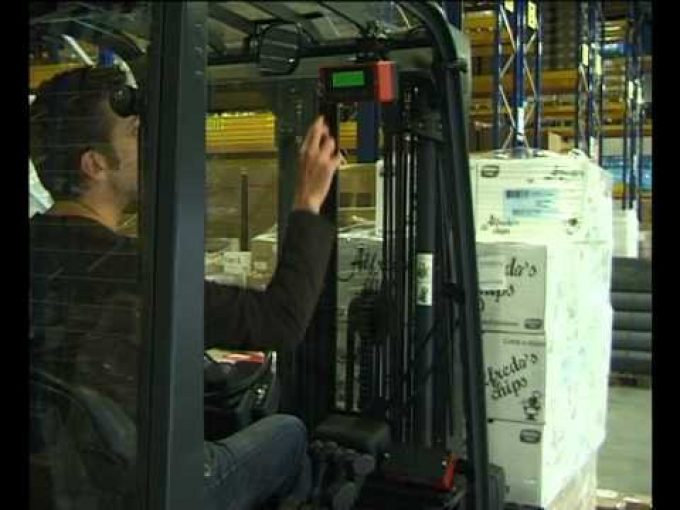Predatory rivals circle as the ripples from DSV's Schenker buy widen
Forwarders are awaiting the fallout from DSV’s purchase of DB Schenker – and the corresponding ...
ZIM: UNDERLYING PERFORMANCEZIM: UNDERWHELMING TGT: HAMMERED LOW: TRADING UPDATEHD: TARIFF IMPACTPLD: BEST PERFORMER ON SELL-SIDE BULLISHNESSZIM: TRADING UPDATECHRW: INSIDER SELLS STOCKCHRW: NEW RECORDHD: SIZE MATTERSHD: EARNINGS IN LINE FWRD: BIDS COMING IN SOONDHL: NEW APPOINTMENTHD: TRADING UPDATEAAPL: SOURCING
ZIM: UNDERLYING PERFORMANCEZIM: UNDERWHELMING TGT: HAMMERED LOW: TRADING UPDATEHD: TARIFF IMPACTPLD: BEST PERFORMER ON SELL-SIDE BULLISHNESSZIM: TRADING UPDATECHRW: INSIDER SELLS STOCKCHRW: NEW RECORDHD: SIZE MATTERSHD: EARNINGS IN LINE FWRD: BIDS COMING IN SOONDHL: NEW APPOINTMENTHD: TRADING UPDATEAAPL: SOURCING

While news and analysis of the forthcoming Solas regulation has been pouring out of supply chain media since the turn of the year – expect it only to intensify as the 1 July deadline draws closer –the engineers and other tech-heads, who actually make and operate the machines that allow global supply chains to function, have been reading about it for years in WorldCargo News, which has been covering the topic since it was little more than a gleam in regulators’ eyes. And it is in WCN that you will read about most of the preparation that is actually taking place on the ground: over in Rotterdam, DB Schenker is using forklift-mounted load sensors to weigh pallets as they consolidate maritime containers and thus calculate box weights via Method 2.


Comment on this article